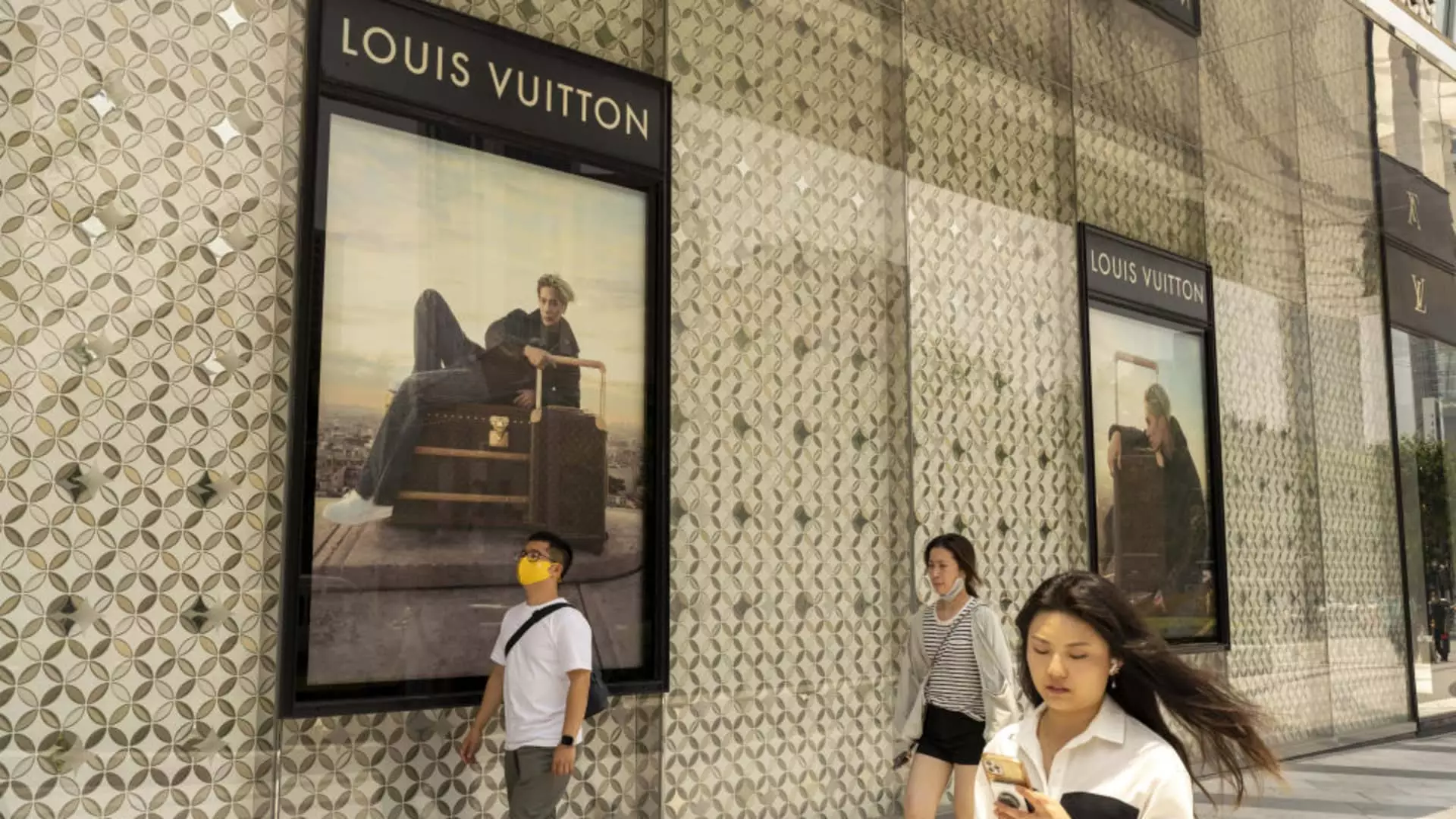The luxury market, historically buoyed by the robust spending habits of Chinese consumers, is now facing unprecedented challenges. The COVID-19 pandemic and subsequent economic factors have caused a seismic shift in consumer behavior, leading analysts and investors to question whether luxury brands can sustain their growth in the world’s second-largest economy. As China grapples with a sluggish economy and evolving consumer preferences, understanding the implications for the luxury sector is vital.
In late September 2023, the Chinese government announced a series of stimulus measures aimed at revitalizing its economy. These initiatives—ranging from financial support for the real estate sector to interest rate cuts—sparked initial optimism among investors. Luxury stocks saw a brief resurgence following these announcements, with many luxury brands’ shares rallying in response. However, as details emerged and the measures appeared less impactful than hoped, a sense of skepticism took over where enthusiasm once reigned.
Analysts note that despite injections of capital and adjustments in economic policy, these measures may not effectively stimulate spending among the luxury sector’s core consumers. Individuals like Ben Harburg, portfolio manager at Core Values Alpha, have remarked on a significant change in the aspirational spending habits of Chinese consumers. Where once there was a fervent desire to acquire luxury goods, a more cautious approach has taken hold, reflecting broader shifts in economic sentiment.
Not only is the economic backdrop influencing luxury consumption, but there’s also a marked evolution in consumer preferences. Post-pandemic, the reliance on foreign luxury brands is diminishing. Many Chinese shoppers are gravitating toward domestic alternatives, driven by a burgeoning sense of nationalism and a desire for authenticity. This trend, often characterized as “import substitution,” allows consumers to prioritize local brands that resonate more closely with their values and lifestyle choices.
The days of long queues outside luxury boutiques in malls have become less frequent. Harburg’s observations about shifts in purchasing behavior suggest that the upper-middle class is less inclined to display wealth overtly, a sentiment amplified by the Chinese government’s media scrutiny of lavish spending. As luxury consumption becomes less about status and wealth display, brands may find themselves rethinking their marketing strategies to appeal to a consumer base that is increasingly skeptical of ostentation.
Amid tightening consumer sentiment, global luxury brands face an ominous question: Can they thrive without the same level of Chinese consumer spending that previously defined their growth? With luxury companies such as LVMH and Kering witnessing dramatic declines in stock performance this year, the traditional narratives of unchallenged growth are unraveling. Reports suggest that LVMH experienced a decline in organic growth recently, indicating that the protracted economic slump is taking its toll.
Moreover, analysts are wary of how the luxury sector will adjust, especially when traditional demographics, such as high-ranking officials and affluent individuals, are more reluctant to show signs of wealth due to cultural and political pressures. These changes demand that luxury brands pivot their offerings, potentially diluting their high-end appeal in pursuit of broader market acceptance.
Looking ahead, there is a dichotomy of perspectives regarding the future of luxury consumption in China. On one hand, the theory of a “great wall of money,” whereby liquidity could be leveraged to fuel increased spending, remains a possibility. The vast amount of household savings—approximately $21 trillion—is a testament to the potential for future growth. However, analysts caution that real consumer confidence must improve to convert this potential into actual spending.
On the other hand, the sentiment shared by analysts like Ashley Wallace from Bank of America reflects a more pessimistic view, predicting continued challenges for luxury brands. The prolonged consumer down-cycle is likely to persist, and without addressing the evolving tastes and expectations of the Chinese shopper, the sector may struggle to rebound.
The landscape of luxury consumption in China is clearly at a turning point. Significant economic concerns are compounded by shifting consumer preferences, creating a complex environment for luxury brands. While new stimulus measures offer a glimmer of hope, they bring with them uncertainty regarding their effectiveness in rejuvenating luxury spending. For brands to succeed in this new paradigm, they must adapt to the changing tide—acknowledging that a return to previous levels of aspirational consumption may not be possible, and instead, focusing on cultivating genuine relationships with a more discerning and cautious consumer base. As China continues to evolve, so too must the strategies employed by luxury brands in their quest for growth.


Leave a Reply